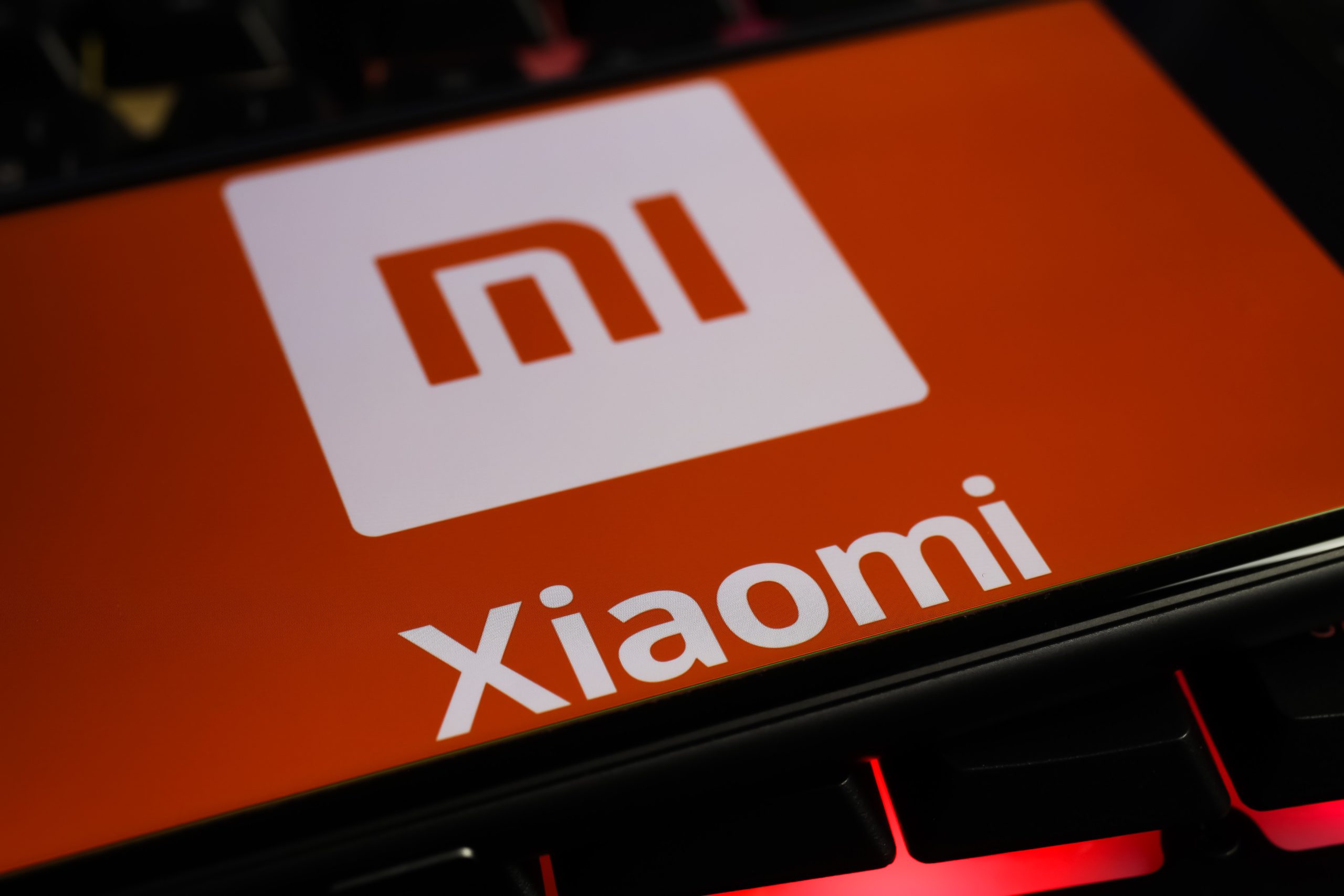Xiaomi, a leading brand in the Android device market, has recently launched the HyperOS skin for its devices. This new operating system brings a plethora of exciting features to Xiaomi users. However, there’s one catch – Xiaomi has disabled the option to unlock the bootloader in the HyperOS. In this article, we will explore whether Xiaomi allows bootloader unlock with the HyperOS update and if there are any alternative methods to unlock the bootloader with the HyperOS installed on your device.
What is HyperOS?
HyperOS is a brand new operating system developed by Xiaomi. It is a combination of Linux and Xiaomi Vela, the Xiaomi IoT platform. HyperOS is touted as the smallest firmware-sized OS in history, with a size of just 8.75 GB. In terms of the user interface, HyperOS closely resembles Xiaomi’s previous MIUI skin.
Xiaomi’s Stance on Bootloader Unlocking
Xiaomi has had a history of locking bootloaders on its devices. In the past, users had to wait for approval from their Xiaomi account and use specific tools to unlock the bootloader. This was done to ensure the safety of the users’ devices, as unlocking the bootloader could potentially put them at risk.
However, with the introduction of the HyperOS, Xiaomi has made a significant change. Users will now be able to unlock the bootloader with the HyperOS skin. This is a departure from their previous stance on bootloader unlocking.
Unlocking the Bootloader with HyperOS
The Xiaomi 14 series, along with the Xiaomi 13 and 13T series, 12T, and Xiaomi 11T, are eligible devices that can be bootloader unlocked with the HyperOS installed. By unlocking the bootloader, users can gain more control over their devices and install custom ROMs, kernels, and other modifications.
It is important to note that once the bootloader is unlocked, users will no longer receive system updates from Xiaomi. This applies to both devices inside and outside of China. This trade-off between bootloader unlocking and system updates is something users need to consider before making a decision.
Why is Xiaomi Against Bootloader Unlocking?
Xiaomi’s previous stance against bootloader unlocking was primarily driven by concerns about device security and data leakage. By keeping the bootloaders locked, Xiaomi aimed to provide a stable user experience and minimize potential risks.
However, the introduction of the HyperOS has brought about a change in Xiaomi’s approach. With HyperOS, Xiaomi has allowed users to unlock the bootloader, even though it comes with the risk of no further system updates. This suggests that Xiaomi is willing to provide users with more freedom and customization options, even if it compromises device security to some extent.
How to Unlock the Bootloader with HyperOS?
To unlock the bootloader with HyperOS, users need to follow a specific set of instructions. Here is a step-by-step guide:
Backup Your Data: Before proceeding with bootloader unlocking, it is crucial to back up all your important data. Unlocking the bootloader will erase all data on your device, so it’s better to be safe than sorry.
Enable Developer Options: Go to Settings > About phone > Tap on MIUI version multiple times until it enables developer options.
Enable OEM Unlocking: In the developer options, enable the OEM unlocking option. This will allow you to unlock the bootloader.
Request Unlocking Permission: Visit Xiaomi’s official website and apply for bootloader unlocking permission. This step might require you to provide your Xiaomi account details and some additional information.
Wait for Approval: Once you have submitted your request, you will need to wait for Xiaomi’s approval. This process can take some time, so patience is key.
Unlock the Bootloader: After receiving approval from Xiaomi, follow the provided instructions to unlock the bootloader. This typically involves using specific tools or executing commands through ADB.
It is important to note that unlocking the bootloader will void your device’s warranty, and you should proceed with caution. Additionally, unlocking the bootloader may introduce security risks, so it is recommended for advanced users who understand the potential consequences.
Conclusion
In conclusion, Xiaomi now allows users to unlock the bootloader with the introduction of HyperOS. This new operating system brings more customization options to Xiaomi devices. However, it is essential to understand the trade-off involved – unlocking the bootloader means no further system updates from Xiaomi. This decision rests in the hands of the users, who must weigh the benefits of bootloader unlocking against the potential risks and lack of official updates. By following the instructions provided by Xiaomi, users can unlock the bootloader and explore a world of customization possibilities on their Xiaomi devices.








